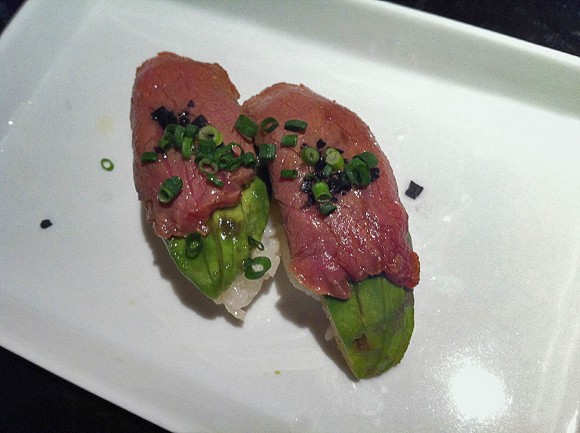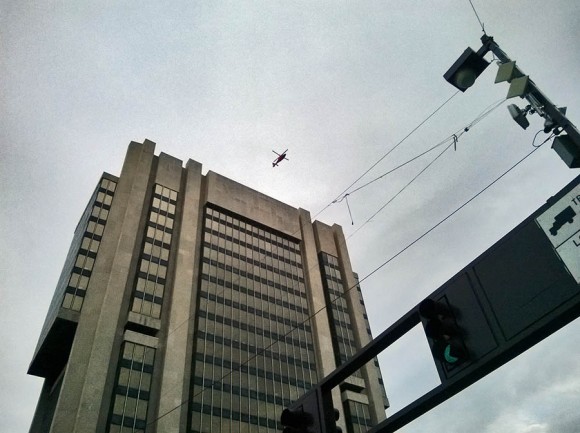I picked up the great “Architects of Affluence: The Tsutumi Family and the Seibu Enterprises in 20th-Century Japan” the other day. It’s a fascinating monograph written about 20 years ago by Thomas Havens. It helped me connect the dots between railroad, (sub-)urbanisation and the onset of mass consumerism in post-war Japan. Can an architectural dimension be woven into this? Let’s visit Shibuya!
State Intervention
The proximity to Columbia University and my flexibility as a freelancer allow for plenty of visits to public lectures. So today I went to this mini-conference on state intervention and private enterprise in the US, Japan and China. What promised to be an intriguing event left a lot to be desired. The following lines are some casual and possibly incongruous observations.
For the lack of a better photo: Chandler and Northwest Corner Building at Columbia University
Book update / chapter ideas
As the book project on Tokyo’s architecture takes up a lot of my time, I thought I’d post an update on where we stand. There are also a few new chapter ideas I wanted to brainstorm – and what place better for that than my blog.
 Sakuradai Village, photo by Manuel Oka
Sakuradai Village, photo by Manuel Oka
Criminal Courts Building
New York’s 20th-century beaux arts and art deco architecture doesn’t generally get my heart rate up. There are exceptions to this, including some of the famous early skyscrapers. Another building I like is the Criminal Courts Building in the Civic Center of Manhattan. I find its architecture incredibly symbolic.
High-Speed China
It’s nearly a year ago that I first used China’s new high-speed rail (HSR) when travelling from Beijing to Hangzhou. It was a fascinating experience. A New York Times article again drew my attention to the perhaps most ambitious infrastructure project a single nation has ever undertaken. It also made me dig out the one and only photo of a train I took. And no, I have no idea who this person is.
Japanese food
The food has been one of the major perks of our time in Japan. The variety, the freshness and the dedication and love with which almost any meal is prepared is second to none. Since arriving in New York, we took a variety of ramen stops and enjoyed one kaiseki dinner. It’s been OK, but no match to our time in Tokyo.
Beef avocado sushi, near Shibuya station
Peabody Terrace
I spent two days in Boston last weekend, visiting a friend. Partly thanks to its universities, Boston has plenty of modern architecture. I found this great brochure (Boston Modern: The Spirit of Reinvention) only after walking around town but plan to return to the city with it in my bag. One of these modern gems I managed to find on my own is Peabody Terrace in Cambridge, next to the Charles River.
New Tumblr
I’ve been doing a fair bit of research in connection with the book project I’m working on. Trying to find footage (both still and video) from post-war Japan (which for the convenience of the project is loosely defined as the first three decades after 1945) has become a bit of a hobby along the way. Instead of posting too much of this on this blog, I have decided to put all these little snippets up on a new Tumblr called “1945-1975 Japan”, to be found at postwarjapan.tumblr.com. Enjoy!
State Office Building
The Adam Clayton Powell Junior State Office Building divides Harlem geographically. It also divides opinions. Some call it a Brutalist eyesore from the urban renewal era, others think that it is an important memorial, commemorating the battle for the soul of Harlem.
Spiritural Harlem
Harlem is home to churches of various congregations. They have been in the news as of late due to the “Gospel Boom” that sees large numbers of tourists flock here on Sundays. I took a look at two churches designed by a Greek Cypriot architect which are not far from my house.








